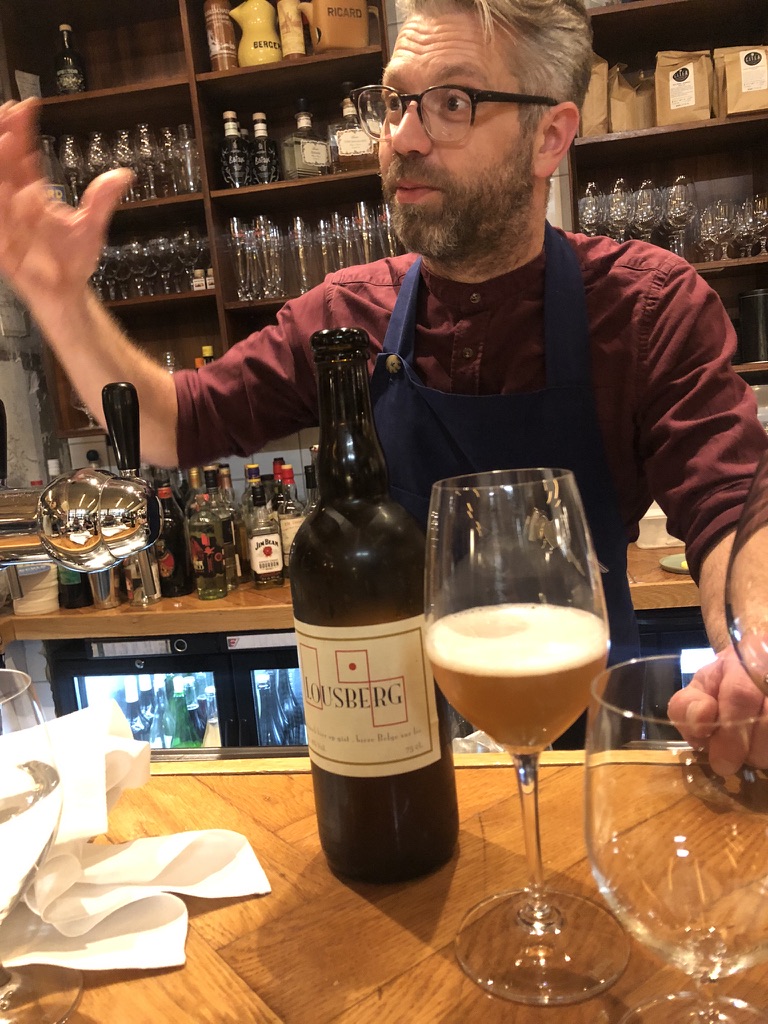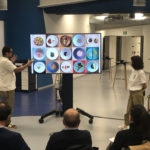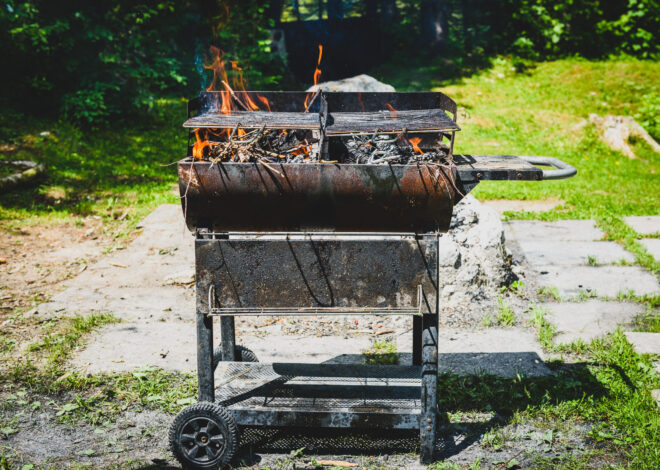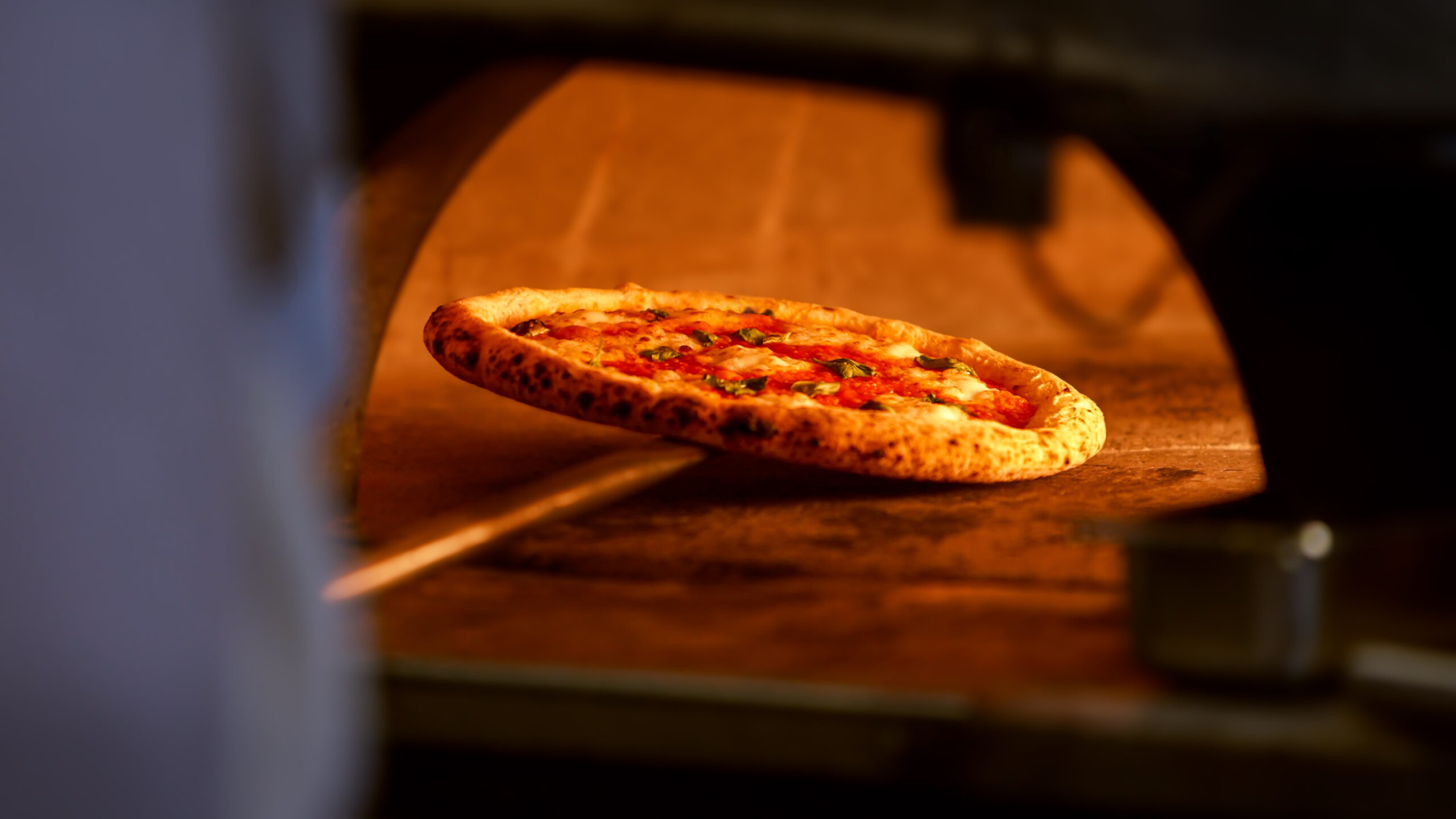
The Secret Behind Great Pizza: Tradition Meets Fire and Soul
What Makes Pizza Work – Breaking It Down
Pizza keeps things simple. Dough tomato, cheese, fire. That’s all. No extras needed. When you strip away distractions, its longevity makes sense: it teeters perfectly between disaster and greatness.
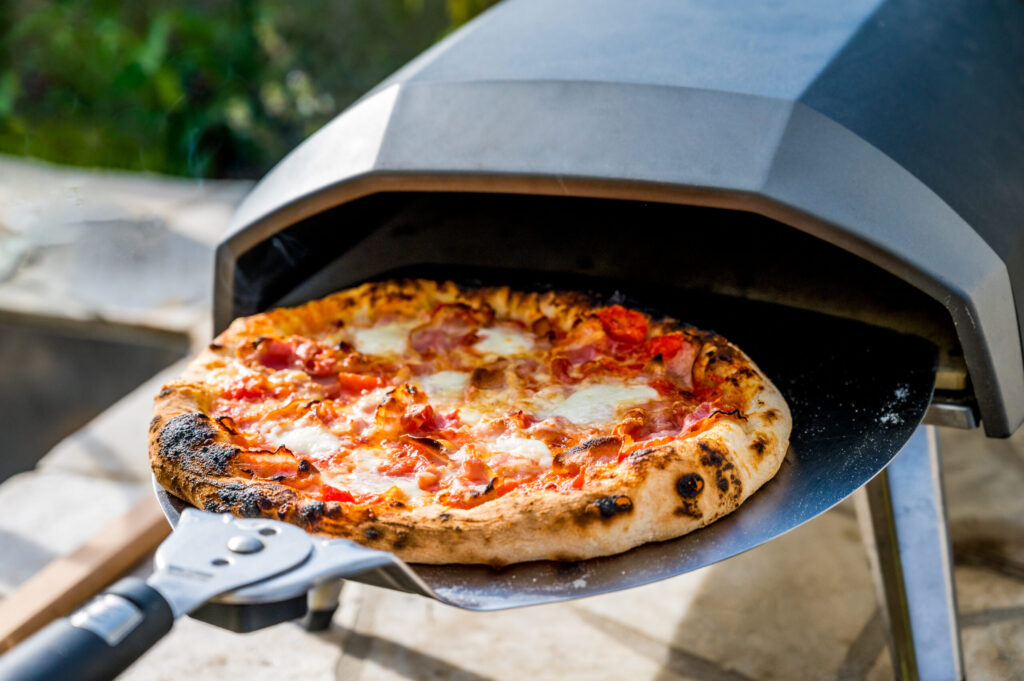
Dough: The True Core
Dough sits at the center of pizza. It isn’t the sauce. It isn’t the cheese. It’s the dough. And dough shows no mercy. Use too much yeast, and you end up with flavorless fluff. Not enough water, and the crust turns dense and lifeless. Real dough has life. It ferments. It stretches and blisters holding its breath before facing the heat of the oven.
Tiny amounts of yeast. Long hours to rise. Lots of water. These are the rules to follow. Bubbles scatter across the dough’s surface looking like tiny star patterns. It is both stretchy and delicate. One small mistake can ruin it. But when it’s perfect, you’re holding a blend of airy magic and humble grain.
Cooks who care about dough see it as more than just a skill—it’s a way of thinking. Making good dough means you must respect time, trust the hidden work of yeast, and rely on the feel of your hands shaping it. Bread teaches patience better than anything else blending learning and food together.
Sauce – Simple, Fresh, Vibrant
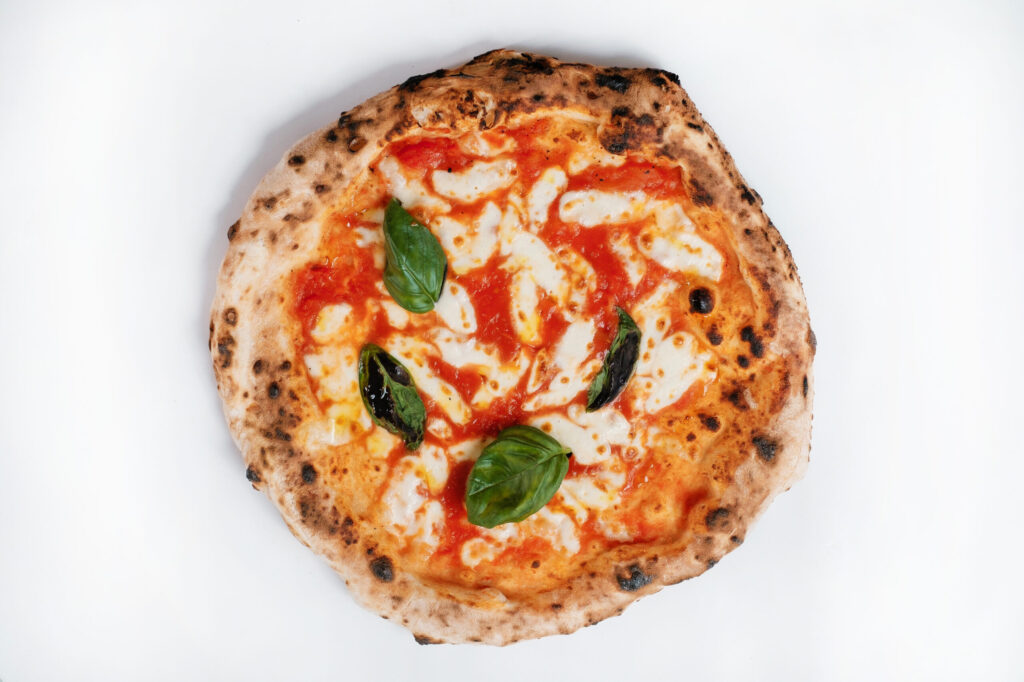
A real sauce doesn’t scream for attention. It makes itself known. In Naples, the best pizzerias skip cooking tomatoes into a thick paste. They keep it simple—crushed raw tomatoes, a touch of salt, and a thin layer spread over the dough. The result is tangy, fresh, and vibrant. The sauce’s role isn’t to overpower but to highlight the smoky crust and gooey cheese.
Listen to our pizza episode: here
Lessons from the kitchen underscore the same idea: less is more. When sauce gets too heavy, the crust loses its breath. Overloaded pizzas buried under cooked-down tomatoes, garlic, and pride, don’t stand a chance.
Cheese – Sticking to Roots While Mixing Things Up
Mozzarella di bufala holds a special place in Naples. It’s fresh, soft, and doesn’t last long. But as pizza spread to different places so did the cheese. In New York, they use whole-milk mozzarella melting it until it bubbles and gets golden. In Buenos Aires, cheese comes stacked so thick it almost hides the crust. Over in Copenhagen, chefs experiment with making their own cheeses, like burrata, stracciatella, or even goat’s cheese.
The real takeaway isn’t clinging to traditions without question. It’s about staying true to what you’re making. When you call it Margherita, stick to the classic way. If you decide to change the rules, embrace it. That’s how chefs think: tradition should act as a guide, not a cage.
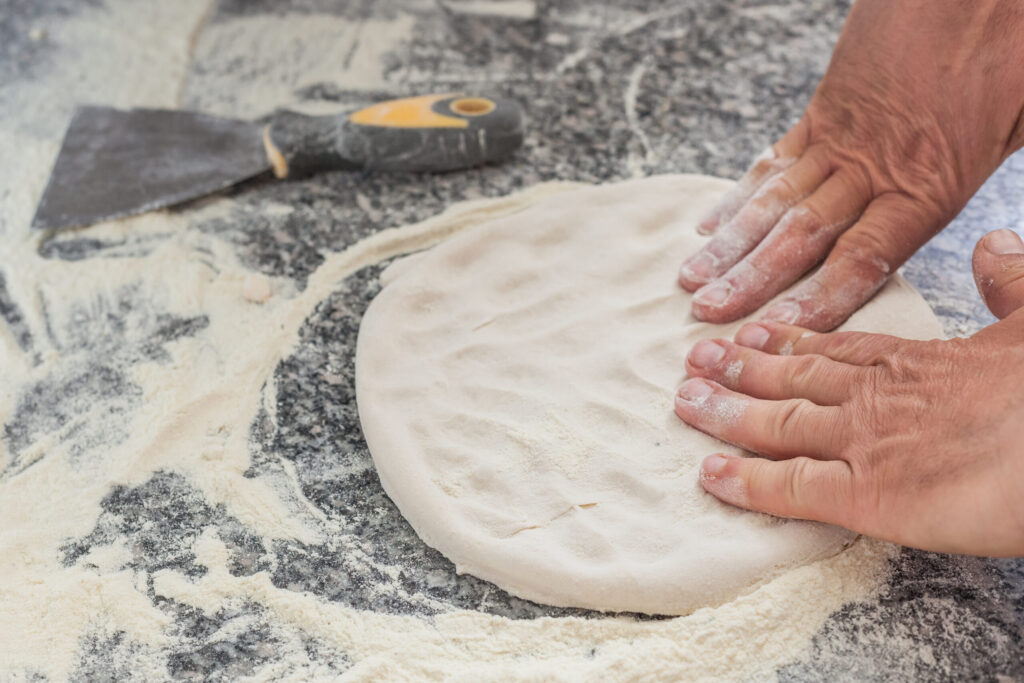
Toppings – Be Simple, Be Bold, or Go Wild
The Idea Behind “Less Is More”
Making an amazing pizza often relies on keeping it simple. Basil. Anchovies. Mushrooms cooked just enough so their edges crisp up and their flavor reminds you of the earth. Every topping acts like a single note in a song. Pile on too many, and you lose the harmony.
Chefs seem to understand this without needing to be told. The best toppings work with the dish, not overwhelm it. The worst ones smother the crust under layers of cheese, meat, and pride. Classic cooking traditions remind us of the same truth: strength comes from simplicity.
Pizza Styles in America – New York, Chicago, Detroit
In the US, pizza changed into something different. New York slices are foldable and greasy often grabbed on the go while standing. They come from the hunger of immigrants and the fast pace of city life. Chicago’s deep-dish feels more like a casserole heavy with layers of cheese and tomato paste. Detroit-style pizzas bake in steel pans, with thick chewy crusts and caramelized edges giving them a rugged charm.
This is not a betrayal of pizza. It’s pizza evolving. Things like geography, ovens local markets, and individual tastes have shaped these versions. Pizza keeps transforming.
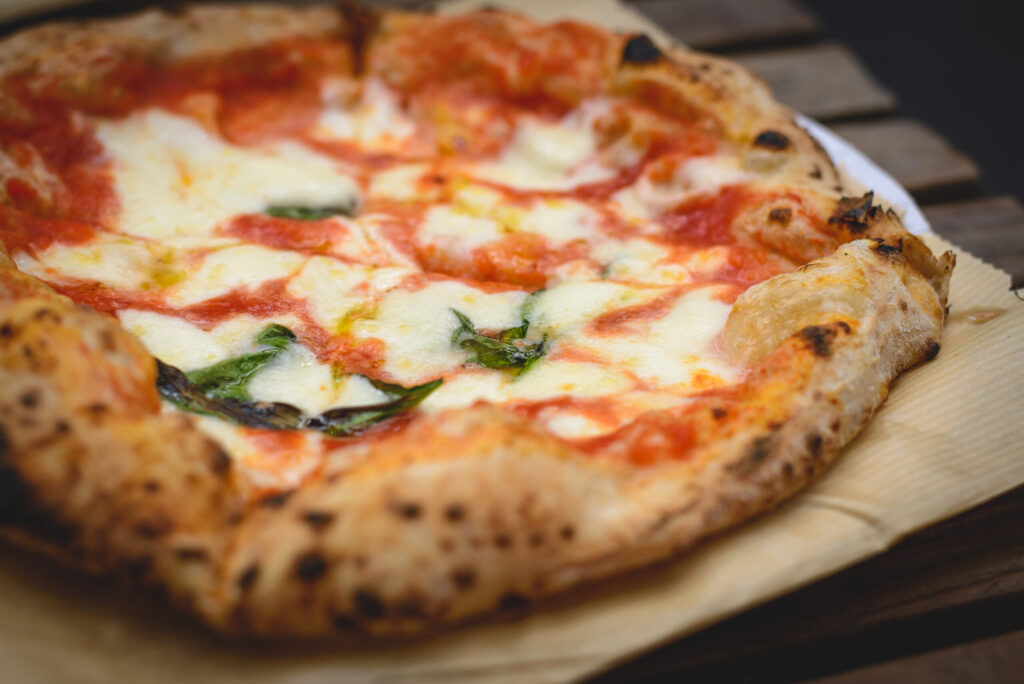
Fusion Worldwide – A Fine Line Between Creativity and Overdoing It
Bulgogi pizza in Seoul. Curry pizza in Delhi. Mayo-topped pies in Tokyo. Fusion can be either genius or a disaster. It all comes down to how well it’s done. Mix kimchi spice with herbs and you might create magic. Throw random stuff on dough and claim it’s “age-old tradition” and you’re just faking it.
Inside restaurant kitchens, arguments about this never end. Staying true to roots clashes with the urge to experiment. Sticking to tradition opposes the need to create something fresh. But here’s the hard truth: if it tastes amazing, it survives. If not, it’s forgotten.
Fire and Stone – The Oven That Decides
Wood, Gas, or Electric?
The oven decides it all. A wood-fired blaze hits 450°C baking dough in just ninety seconds and dotting the crust with dark blistered spots. Gas ovens prioritize consistency. They lack the charm of wood but avoid unpredictable outcomes. Electric ovens are the dependable choice in spots where smoke isn’t ideal. Every method has fans and drawbacks. What counts isn’t loyalty to a type. It’s the outcome—charred but not bitter chewy yet cooked, smokey without leaving ash.
Skill Beats Gear
A wood oven cannot fix made dough. An electric deck won’t mess up the skill of a good chef. What matters is technique. A skilled chef watches the fire , moves the logs, turns the pizzas, and listens to the sounds of the crackling flames to create something delightful from the coals. A careless chef though, might end up with nothing but burnt crust. Cooking skills are universal principles: understand the heat, trust what you feel, and act . The oven mirrors the cook’s mindset.
Global Flavors, Local Traditions
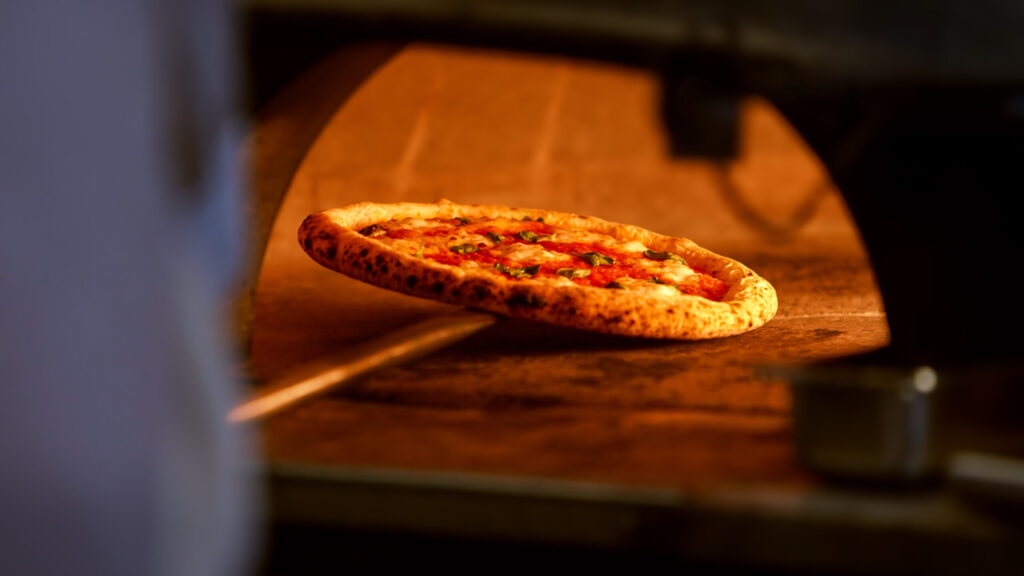
Naples – Where It All Began
In Naples, pizza means everything. The dough has to be thin, the crust needs that slight char, the sauce stays raw, and the cheese melts until creamy. Doing it is unforgivable. Eating a Margherita there feels light, fresh, and full of life. It is like history preserved through habit. But even in its birthplace, pizza changes. Young pizza makers try new flour mixes tweak hydration ratios, and test wild fermentation techniques. They reshape tradition without destroying it.
New York – The Slice as a Way to Survive
The New York pizza slice defines urban simplicity and everyday flavor. In classic New York pizza culture, chefs stretch the handmade dough, spread a thin layer of tomato sauce, and pile on melting mozzarella before cutting the pie into large, foldable triangles—the iconic New York slice. It’s authentic pizza built for people on the move: workers, travelers, and late-night diners. You grab a slice, fold it in half, let a little cheese grease drip onto the sidewalk, and keep walking through the city that never stops.
Behind the counter, the rhythm never slows. Hot ovens blaze from morning till night, turning out endless pies one after another. There’s nothing fancy about it—just skill, heat, and precision. Yet even in this fast-paced hustle, true pizza makers show quiet dedication and pride. In New York, every perfect slice is proof that simplicity and consistency are the real secrets of great pizza.
Buenos Aires – Immigrant Warmth
In Buenos Aires, pizza feels heavy, thick, and packed with chewy dough and loads of melted mozzarella. Oregano sprinkles on top like it’s snow falling. The Italian roots of this dish bend to fit Argentina’s love of big hearty meals. The flavors don’t whisper; they shout. It’s food made to comfort, not to hold back. This local take tells stories of immigrants and their melted cheese dreams.
Tokyo – A Craft Obsession
In Tokyo, pizza turns into an art form. Chefs go all out bringing in flour from abroad, testing water for mineral levels, and building ovens piece by piece to copy those from Naples. Every move in their process feels intentional and precise. The crust here speaks of respect and care. It’s more than copying-it shows pure admiration. Food lovers journey from around the world to these spots just to experience how discipline tastes in edible form.
Rome – Pizza al Taglio
Pizza in Rome takes a different shape. They bake it in large trays, slice it with scissors, and sell it based on weight. The base stays crunchy, while the inside feels light and fluffy. Toppings can include anything from thinly sliced potato with rosemary to sweet prosciutto and fig. Locals enjoy it standing near counters or while strolling through narrow cobblestone streets. This combines classic food traditions with easy everyday habits that anyone can enjoy.
Understanding Culture Through Pizza – Learning Beyond the Taste
Tips to Make Better Pizza at Home
Patience comes first when making pizza. Fermentation needs at least twenty-four hours to bring out rich flavors. Add less yeast than you’d expect and more water than might seem right. Keep the dough sticky and stretchy, like silk—it should feel alive in your hands. Avoid overloading it with too much sauce or piling on too many toppings. Use a stone or steel surface while baking to get that classic pizzeria oven effect. When it comes to toppings, less is better—simplicity always wins over excess.
What Goes On in Restaurants: The Hustle of a Pizza Kitchen
Walk into a bustling pizzeria and feel the chaos unfold. Dough balls stand ready in neat rows. Hands move fast to stretch, slap, and spin them into shape. Pizza after pizza slides onto peels. Oven doors swing open and shut repeatedly, following a rhythm that feels more like jazz than strict organization. A fine layer of flour floats in the air. The heat feels punishing. Every moment matters. One burnt crust can throw the whole process into disarray. One cooked pizza can lose a customer forever. Lessons in the restaurant world thrive here: staying calm under pressure and aiming for perfection when surrounded by disorder.
Chef Philosophy – Staying Grounded with Relentless Focus
The greatest pizza makers are like hidden philosophers in chef’s clothing. They understand that pizza has no tolerance for arrogance. The dough won’t sit around and wait. The fire shows no mercy. Every single pizza is a challenge: are you focused, or just going through the motions? To master the craft, you need to be obsessed. The true reward is learning humility. Ego doesn’t matter to the crust. It reveals the reality.
Top Spots to Explore for Pizza Fans
- Naples, Italy – This is the holy land of pizza. Tasting a Margherita here explains why simplicity became an art form.
- New York, USA – The land of the slice. Greasy pizza on a paper plate eaten while you stand. It’s the essence of the city.
- Buenos Aires, Argentina – Loaded with cheese rich and hearty. A dish born from immigrant roots.
- Tokyo, Japan – Precision and passion. Neapolitan skills mastered like a craft, shared like a ritual.
- Rome, Italy – Pizza al taglio. Crunchy portions trimmed with scissors, enjoyed while wandering ancient paths.
These cities offer more than flavors to food lovers. They are learning grounds. Every bite unfolds stories of change, heritage, and resilience.
Conclusion – The Heart of Pizza
Pizza isn’t some fancy decoration. It’s just dough, heat, and time. This simple dish tells the story of a place, its people, and their appetite. Naples sticks to traditions. New York makes it about survival. Buenos Aires brings comfort through it. Tokyo’s pizza shows precision. Rome keeps it practical.
Pizza brings joy to diners. To chefs, it’s a way of thinking. To travelers, it’s a raw dive into food tourism—a taste of local culture shaped by migration, craftsmanship, and the rhythm of city life.
Pizza doesn’t hide flaws or allow cheats. It reveals them. That’s why it stands the test of time. It’s honest, relentless, and limitless.
Pot Luck Food Talks is a global podcast exploring the crossroads of food, culture, and creativity — hosted by chefs, storytellers, and curious eaters from around the world.
🎧 Listen to our latest episodes — click here
🍷 Join a food tour in San Sebastián with Erich Eichstetter — click here
💼 For collaborations, consulting, or advertising inquiries — get in touch here







